“Is that a real flower?” I asked, studying the display of succulents in my friend’s garden window.
“Of course,” she replied (sounding a little miffed). “You know I don’t go in for fake flowers. Or fake anything, for that matter.”
“But it’s almost too pretty to be real,” I insisted. “What is it?” The geometric arrangement of the floral appendages, for lack of a better word, was so colorful — almost like a paint-by-number. Six appendages full of blue, purple, and pink floral cups.
“It’s a succulent.” My friend beamed — always thrilled to introduce something new to my botanical knowledge. “Some call it Kalanchoe. Others call it Bryophyllum. Just about everyone refers to it as a geometric succulent.”
“And there are many others just as beautiful as this one,” she added. “I thought I’d start with the most stunning selection, but I want to add more. They’ll only grow indoors here. They’re native to Africa and California and need lots of sun and warmth.”
“They’ll get plenty of both in your sunroom,” I noted.
I wasn’t sure I’d have the luck my friend had with succulents. My level of succulent success weighed heavily on the hen and chicks variety – very common, very simple, very easy to grow. The nice thing about hen and chicks was they survived our winters and prospered outdoors with little care. When I brought them in, however, they shriveled up and died. So, I left them outside and they thrived.
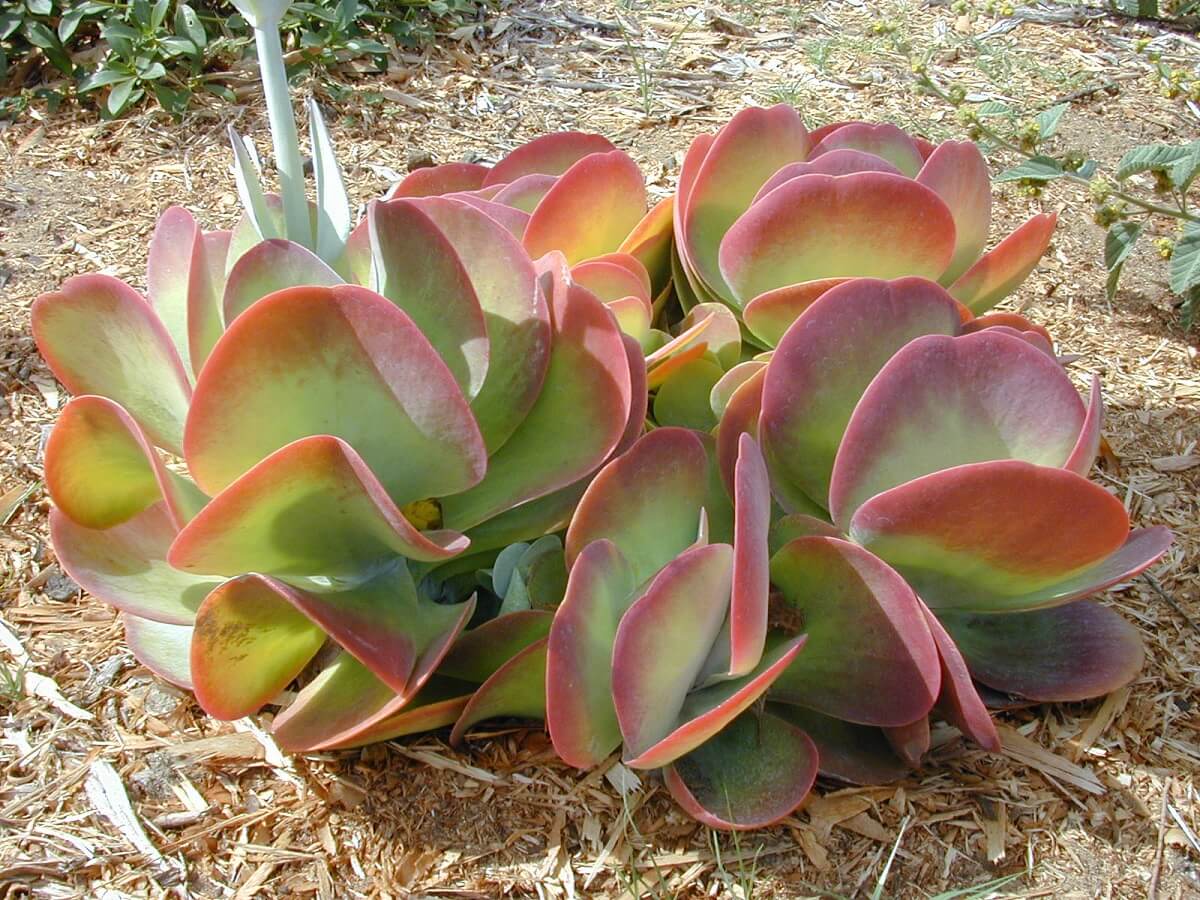
The more sophisticated and absolutely gorgeous succulent my friend had added to her collection, was definitely a beauty and one worth trying to nurture for its showpiece quality. It required some serious research.
Native to Africa and, more specifically to Madagascar, this plant has been naturalized in other tropical and subtropical areas, particularly California. Also known as Widow’s-thrill, Kalanchoe is a genus of about 125 species of tropical succulents and has become a popular houseplant due to its showy qualities.
Related Post: How To Make A Succulent Terrarium
Different languages and cultures have unique names for this plant. The Spanish name for it is Siempre Vivo which means always alive; in the Odisha state of India, it’s called odia which means, deathless plant; in English-speaking Caribbean countries, it’s often called leaf of life or wonder of the world. These are all names that suggest its almost immortal quality. In other words, it’s difficult to kill this plant.
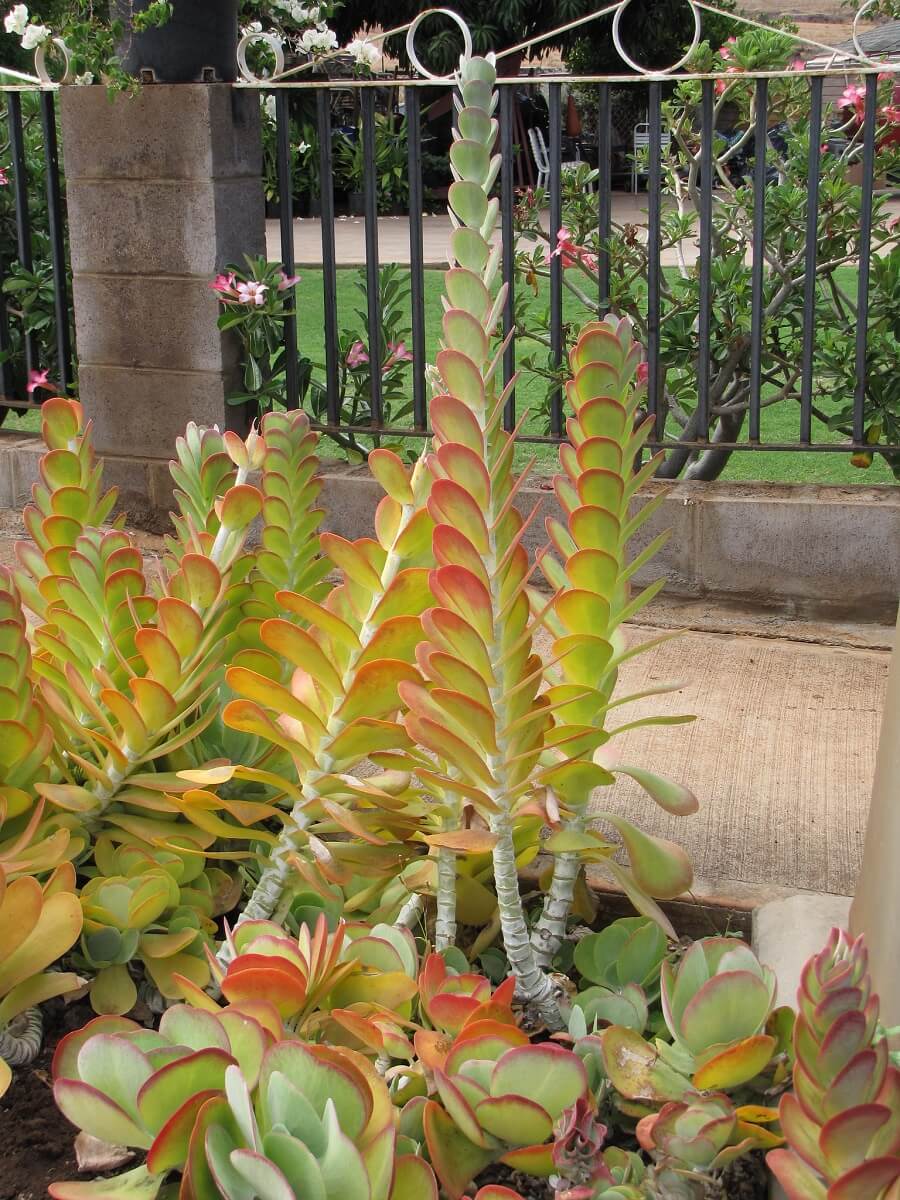
Kalanchoe is distinctive for geometric beauty with a profusion of miniature plantlets, colorful and orchestrated to create a unique, pattern. The succulent is a perennial plant that can grow to about 8-12 inches in height. It is known to produce flowers throughout the year.
What’s remarkable is the bulbils that are found on the leaves. These bulbils, which appear as a bulb-like growth, will drop off, root, and produce more plants. Propagation couldn’t be easier.
Kalanchoe Varieties
Kalanchoe, like any other plant, has multiple varieties.
Kalanchoe Pinnata
Also known as the air plant, cathedral bells, life plant, miracle leaf, and Goethe plant (I like this name the best — and hadn’t realized Goethe, the famous German poet, was an amateur naturalist), this succulent has become a popular houseplant due to its showy qualities.
Mother of Millions (Kalanchoe daigremontiana)
The frilly, leafed edges of the baby plants drop off and root.
Paddles (Kalanchoe thyrsiflora, Kalanchoe luciae)
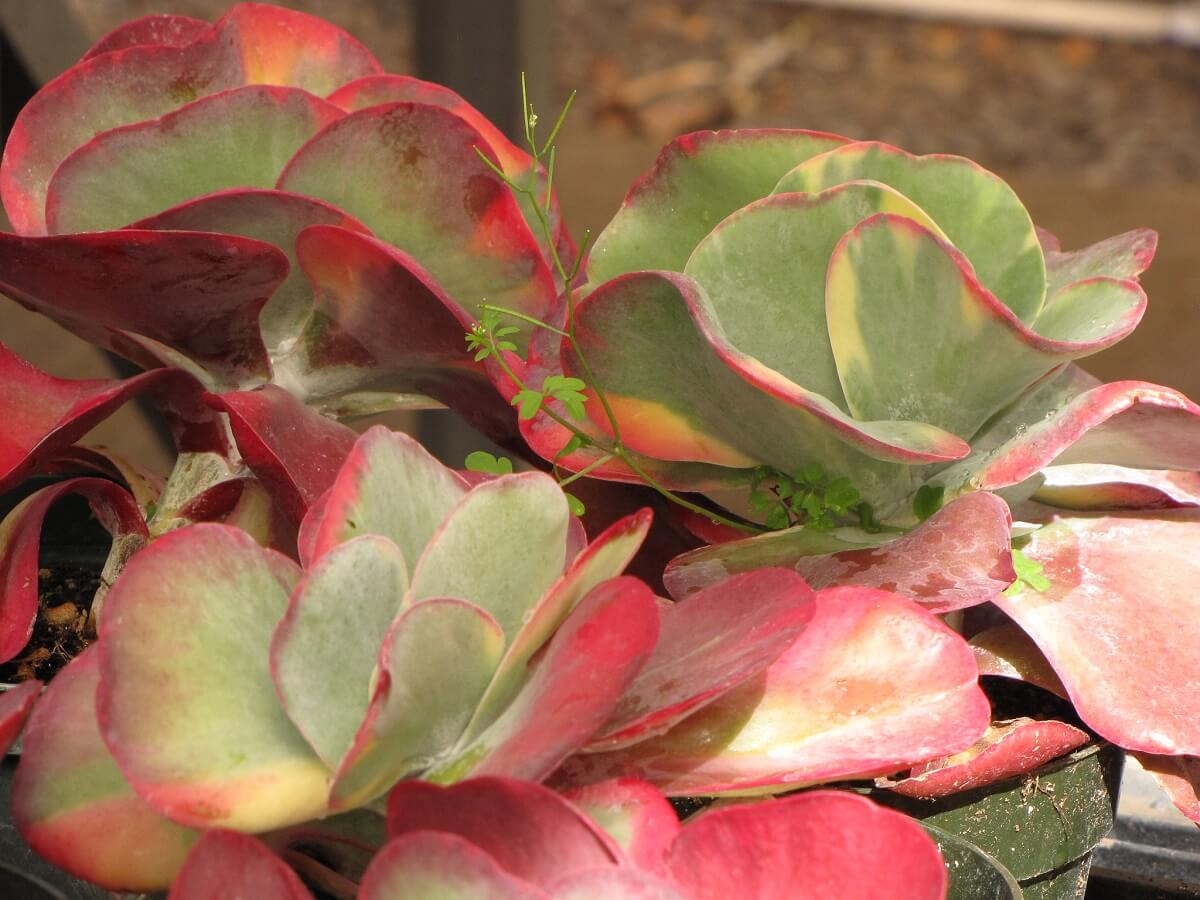
Probably the best-known varieties, examples like Kalanchoe thyrsiflora and Kalanchoe luciae have overlapping oval leaves, usually bright red in color. This eye-popping variety is definitely a favorite.
Walking Kalanchoe (Kalanchoe synsepala)
Synselpala is popular in hanging plants with its arrowhead or elongated oval leaves.
Fuzzies (Kalanchoe tomentosa)
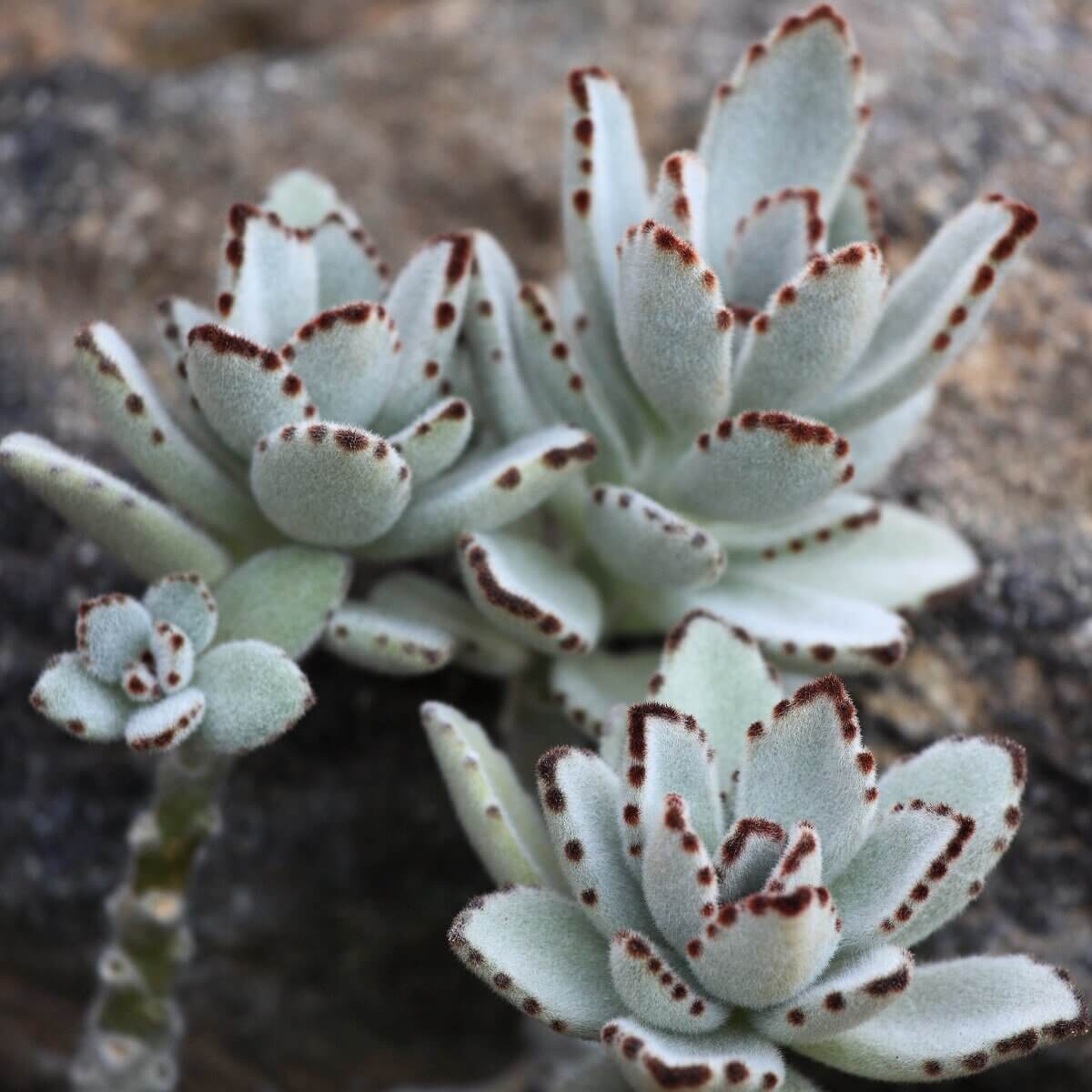
Sometimes called the panda plant, Kalanchoe tomentosa is covered with short hairs and is mainly gray and brown.
Lavender Scallops (Kalanchoe fedtschenkoi)
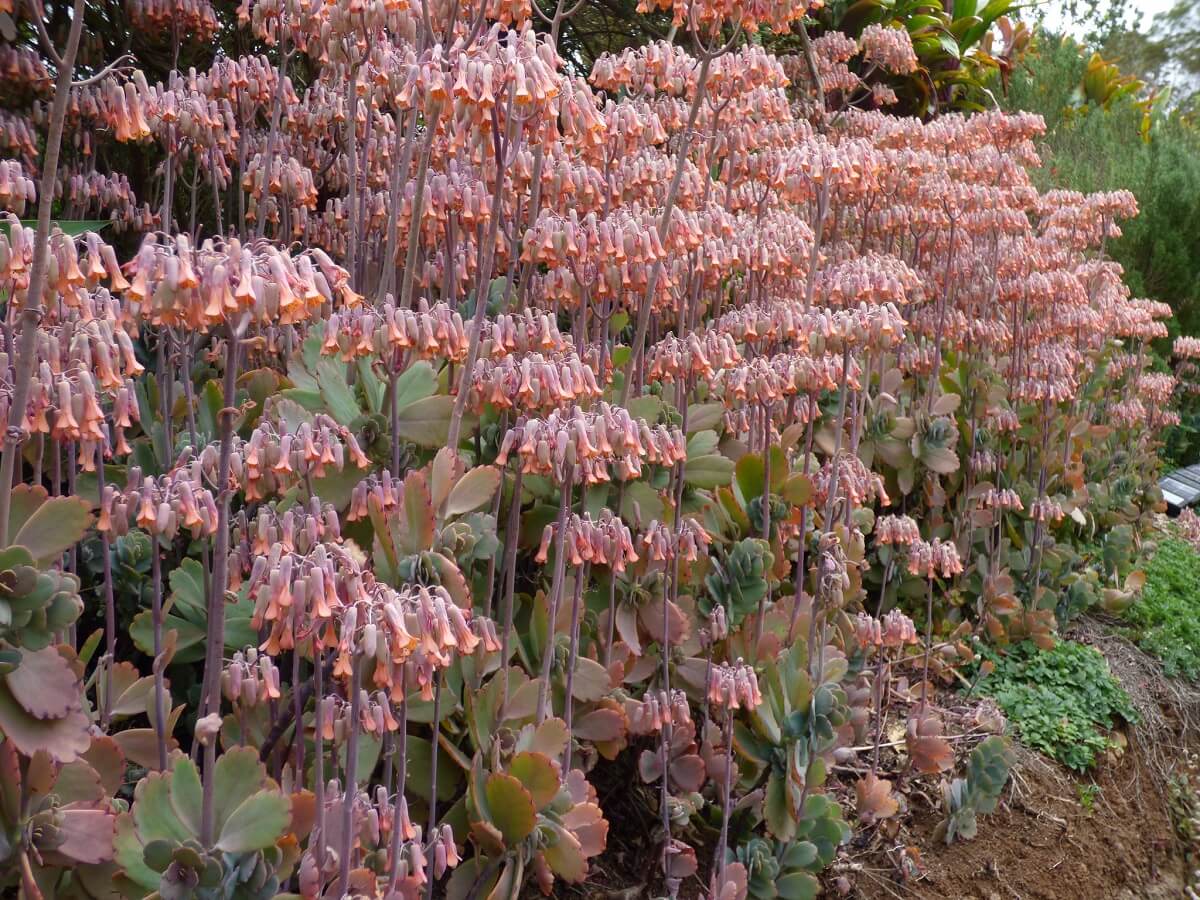
Lavender scallops are a smaller kalanchoe, but they spread and can work as a ground cover. They have gorgeous bell-shaped flowers, too!
Caring for Kalanchoe Plants
Plant care is pretty basic. Pot in regular potting soil or a cactus mix. The soil must be marginally moist, as if you’ve wrung out a sponge. Kalanchoe doesn’t tolerate extreme cold and definitely not frost. It enjoys desert-like heat and plenty of sun, or at least bright shade. The only deterrent is it attracts mealy bugs in the leaf axils.
If you notice the mealy bugs before they multiply too much, they’re easily removed with cotton balls dipped in a mixture of 1 cup rubbing alcohol, three drops of Dawn dish soap, and 4 cups water. After removing the visible mealy bugs, put the alcohol solution in a spray bottle and spray the entire plant. The process should be repeated twice a week until there are no more mealy bugs.
Medicinal Benefits of Kalanchoe
Different cultures have also found different medicinal benefits for Kalanchoe pinnata. Whilst its chemical makeup can cause cardiac poisoning in grazing animals, it has been used in some countries for the treatment of ailments like hypertension.
The juice of the leaves is commonly used to treat kidney stones and even headaches and is sometimes mixed with coconut oil. The Creoles in the Amazon roast it to use for inflammations and cancer, and as an infusion to treat fevers.
I certainly don’t have the year-round warmth to support this geometric kalanchoe beauty in my outdoor garden, but it is going to make a fine addition to my indoor plant collection. So easy to care for and propagate.



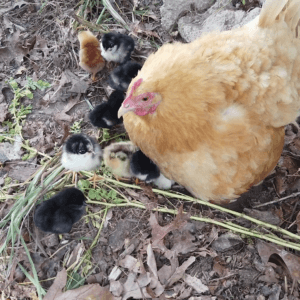


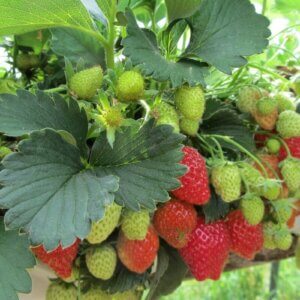


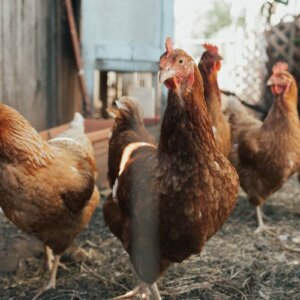
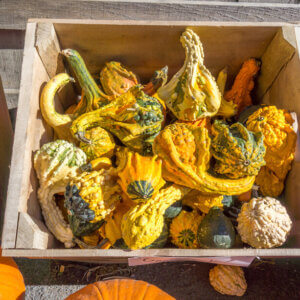

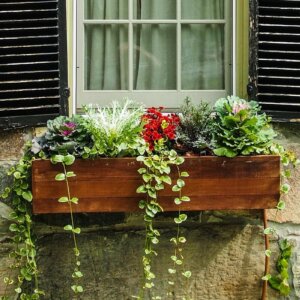




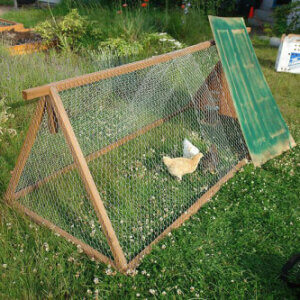
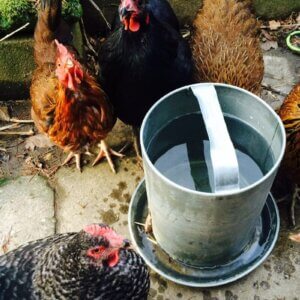
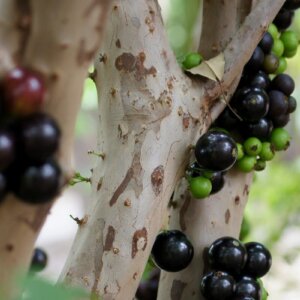





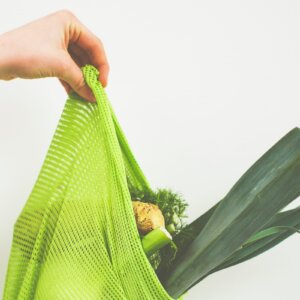




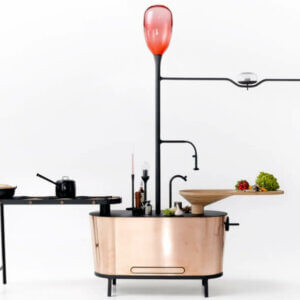
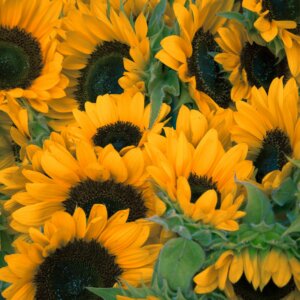


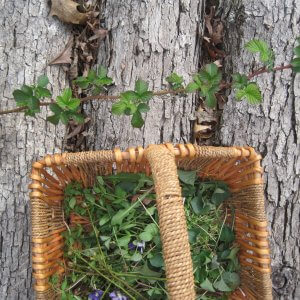

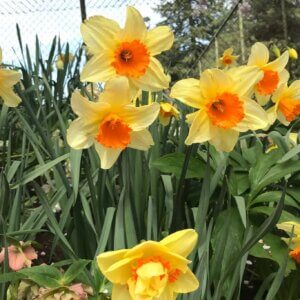


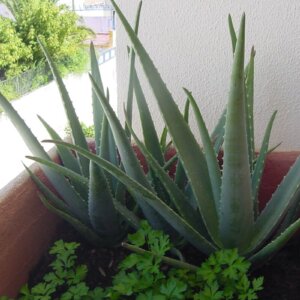

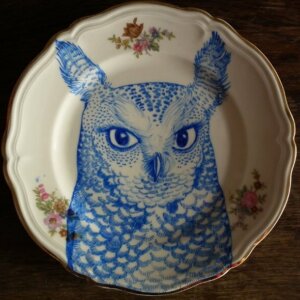
Please label the Kalanchoe Thyrsiflora as K. Luciae. The photos are not Thyrsiflora, but Luciae variegata. K. Thyrsiflora is smaller, more silver colored, rarely red/orange when stressed.
Good catch! Updated =)